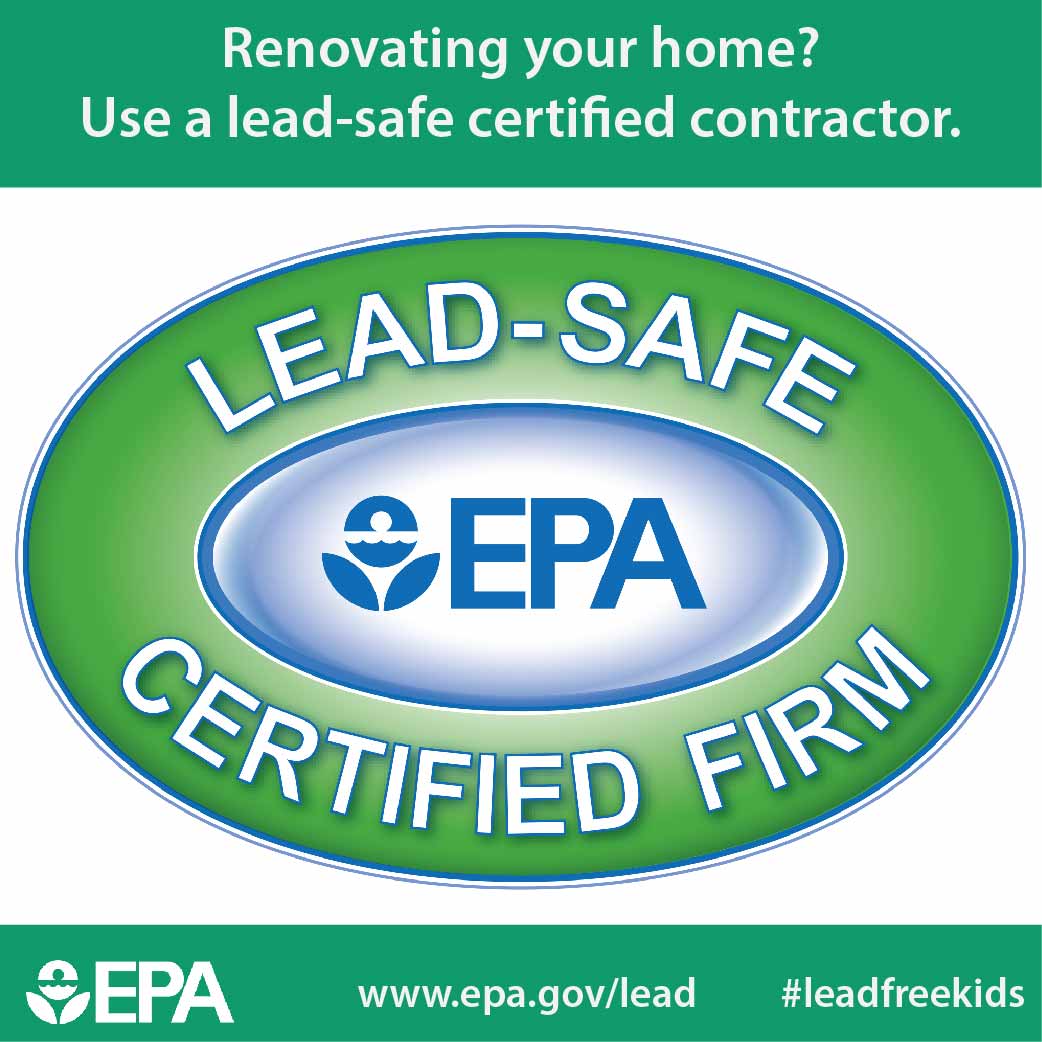Variables To Consider For Industrial Outside Painting By Season: Important Information You Need To Have
Variables To Consider For Industrial Outside Painting By Season: Important Information You Need To Have
Blog Article
Short Article Created By-Regan Bagger
When you're intending a commercial outside paint project, seasonal variables can make or break your results. You'll intend to consider exactly how temperature level and moisture influence paint application and drying times. Choosing the right season can ensure your paint adheres effectively and lasts longer. However which seasons are absolutely the very best for this kind of job? Let's discover the key elements that can impact your task's success.
The Influence of Temperature Level on Paint Application
When you're preparing an industrial external paint job, the temperature level can considerably influence just how well the paint sticks and dries out.
Preferably, you intend to repaint when temperatures vary between 50 ° F and 85 ° F. If it's as well cold, the paint may not heal effectively, causing issues like peeling off or breaking.
On the other hand, if it's also warm, the paint can dry too swiftly, stopping correct attachment and leading to an uneven surface.
You should also think about the moment of day; early morning or late afternoon supplies cooler temperature levels, which can be much more beneficial.
Constantly inspect the producer's recommendations for the details paint you're utilizing, as they usually give support on the suitable temperature variety for ideal results.
Moisture and Its Effect on Drying Times
Temperature isn't the only ecological element that influences your commercial outside painting task; humidity plays a significant role as well. High humidity degrees can reduce drying times considerably, affecting the overall quality of your paint task.
When the air is saturated with wetness, the paint takes longer to heal, which can cause issues like inadequate attachment and a higher threat of mold growth. If you're repainting on a particularly moist day, be planned for extensive wait times between layers.
It's vital to keep an eye on regional weather conditions and plan as necessary. Ideally, go for humidity levels in between 40% and 70% for optimum drying out.
Keeping these factors in mind ensures your task remains on track and delivers an enduring finish.
Best Seasons for Commercial Outside Paint Projects
What's the best time of year for your industrial external painting projects?
https://housepaintersnearme20864.bloggadores.com/34213066/how-do-the-ideal-shades-effect-your-brand-name-s-allure-in-business-external-painting-discover-the-important-aspects-that-assist-your-options and very early autumn are generally your best options. Throughout these seasons, temperature levels are mild, and moisture levels are usually reduced, producing perfect problems for paint application and drying out.
Prevent summertime's intense heat, which can cause paint to dry too rapidly, leading to inadequate attachment and coating. Similarly, winter months's cool temperature levels can impede proper drying and curing, risking the long life of your paint job.
Go for impression painters with temperatures between 50 ° F and 85 ° F for optimum results. Bear in mind to check the neighborhood weather forecast for rainfall, as damp problems can destroy your project.
Preparation around these variables ensures your paint job runs efficiently and lasts longer.
Final thought
Finally, preparing your industrial exterior paint jobs around seasonal considerations can make a substantial difference in the outcome. By scheduling work throughout the suitable temperatures and moisture degrees, you'll make certain far better attachment and drying out times. Remember to keep an eye on regional weather forecasts and pick the correct time of year-- spring and very early loss are your best bets. Taking these actions will certainly aid you accomplish a resilient and professional finish that lasts.
